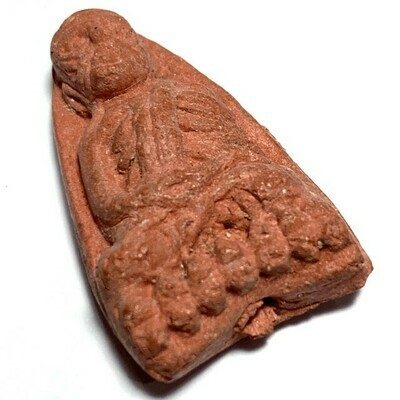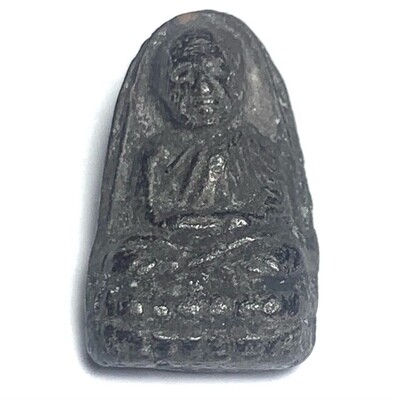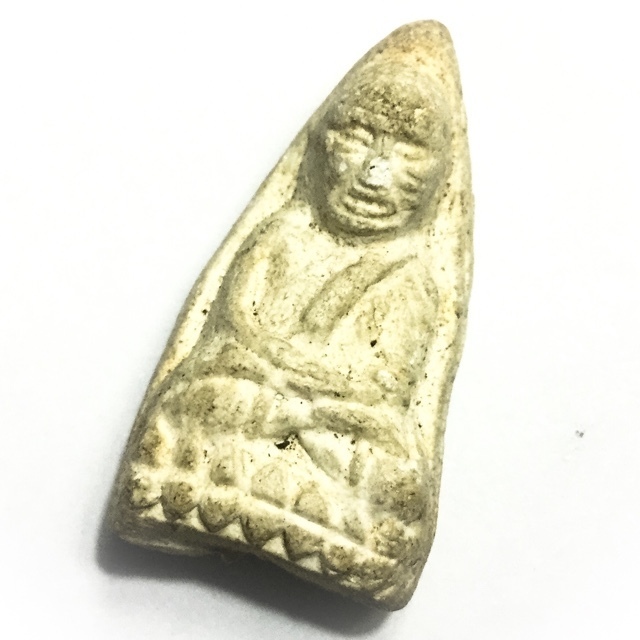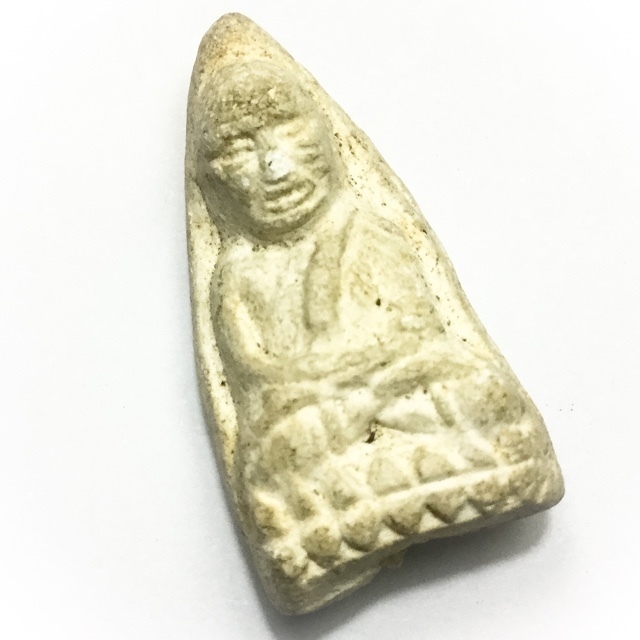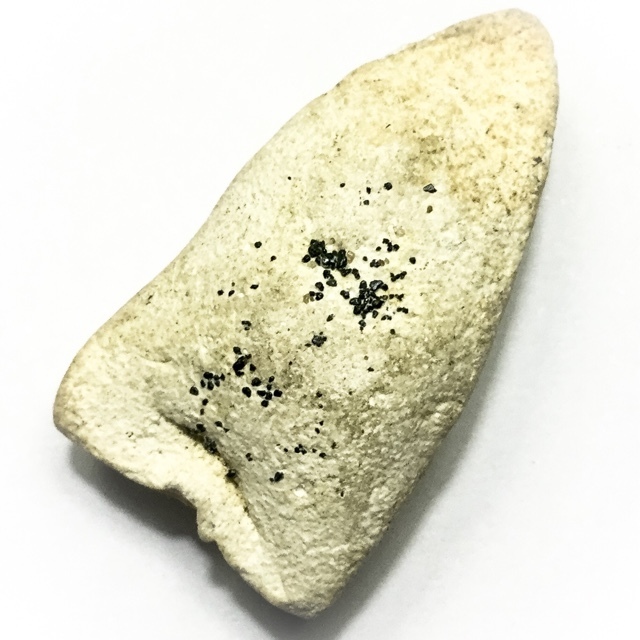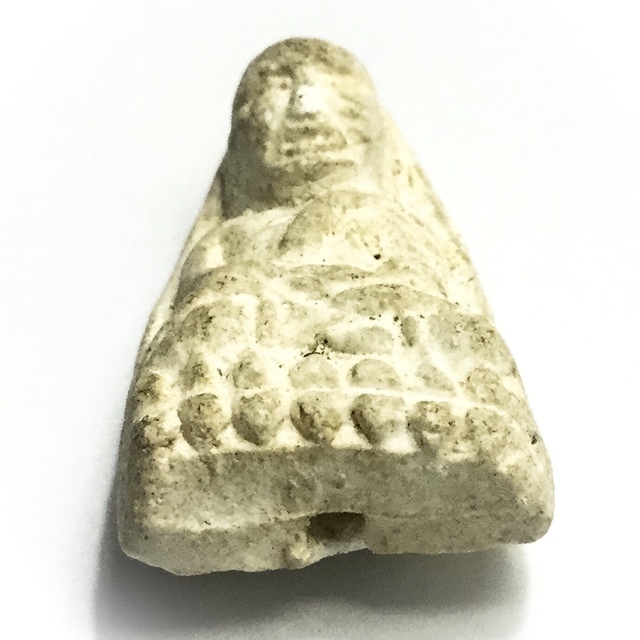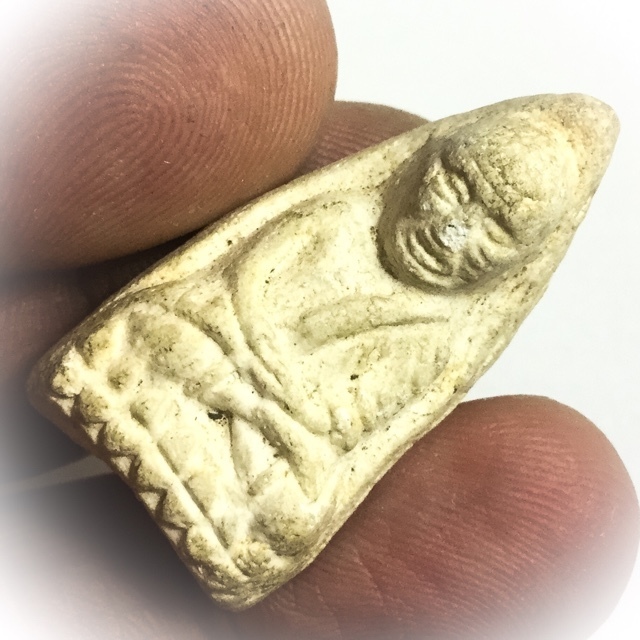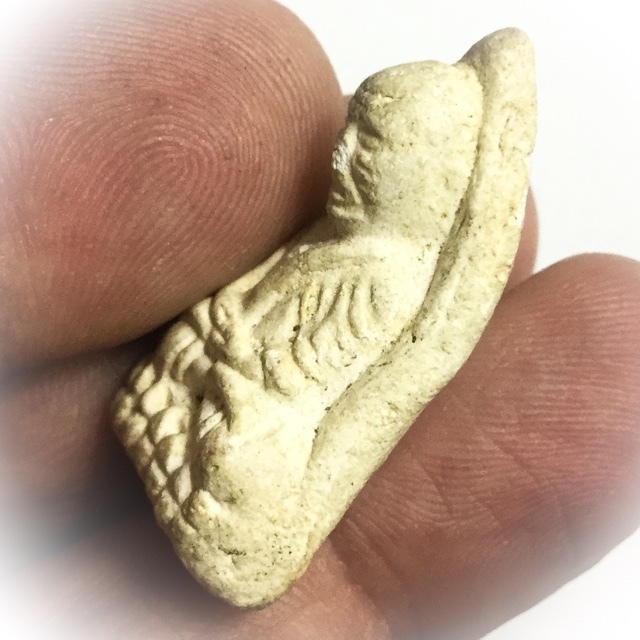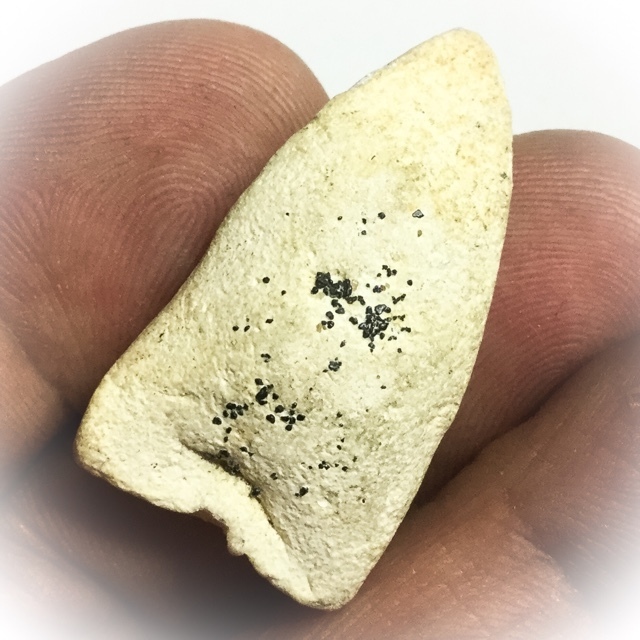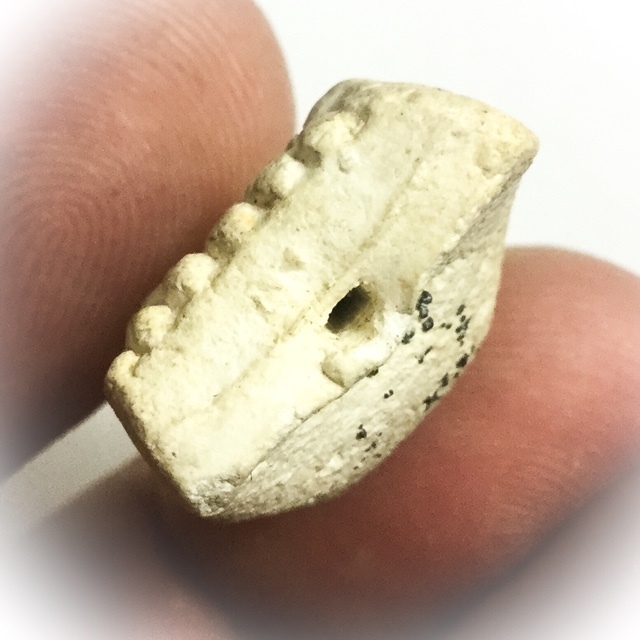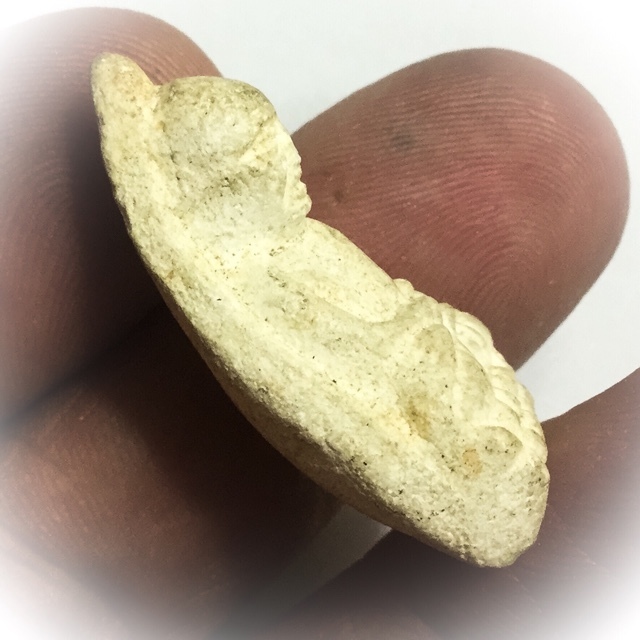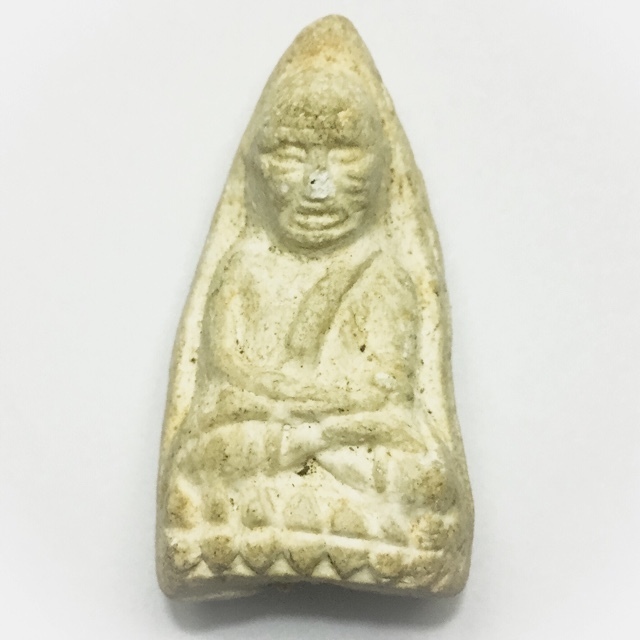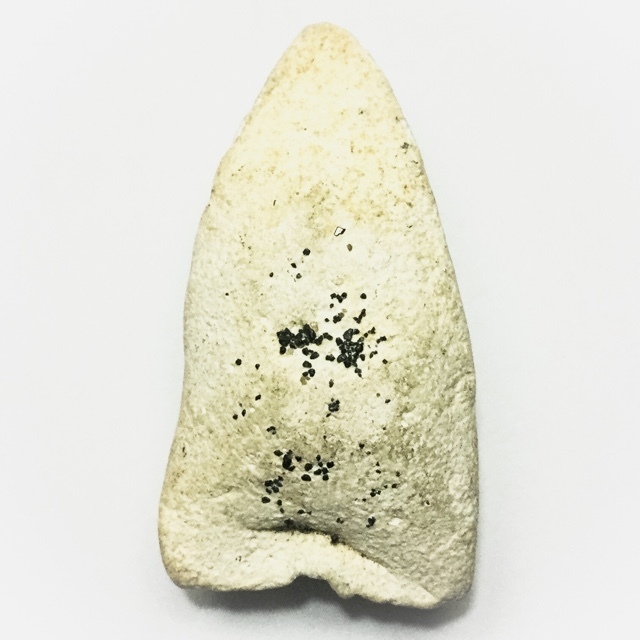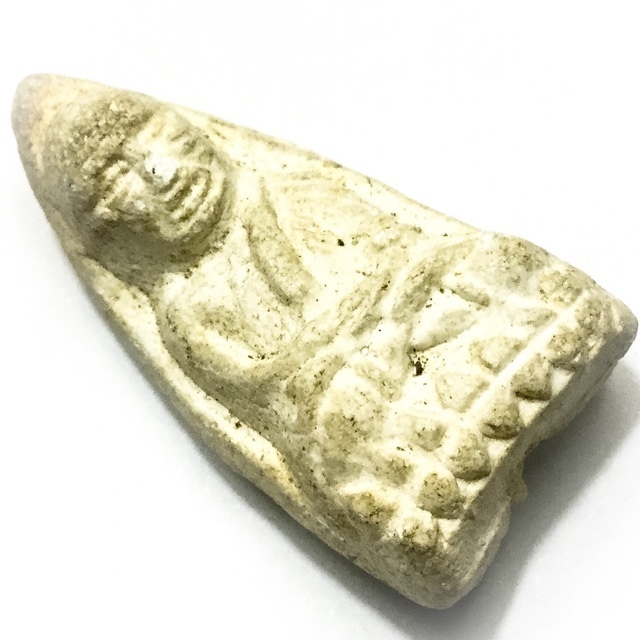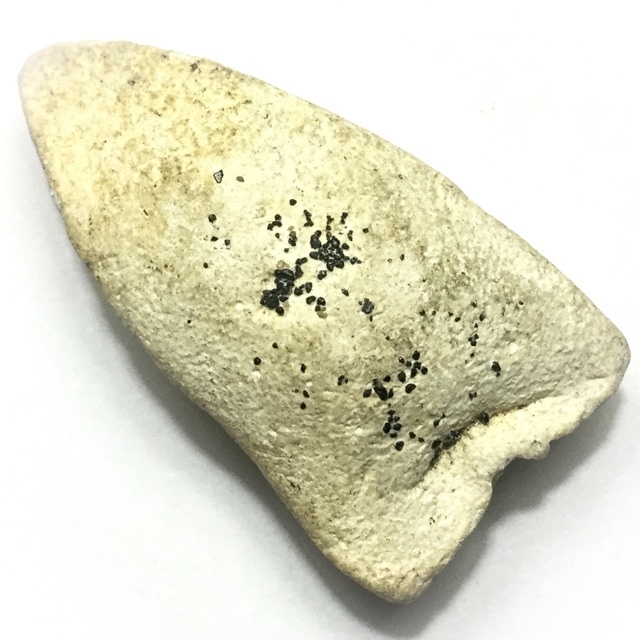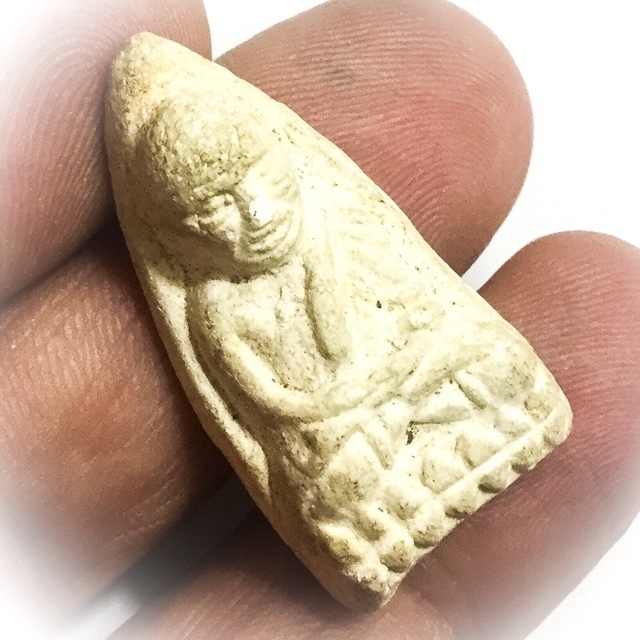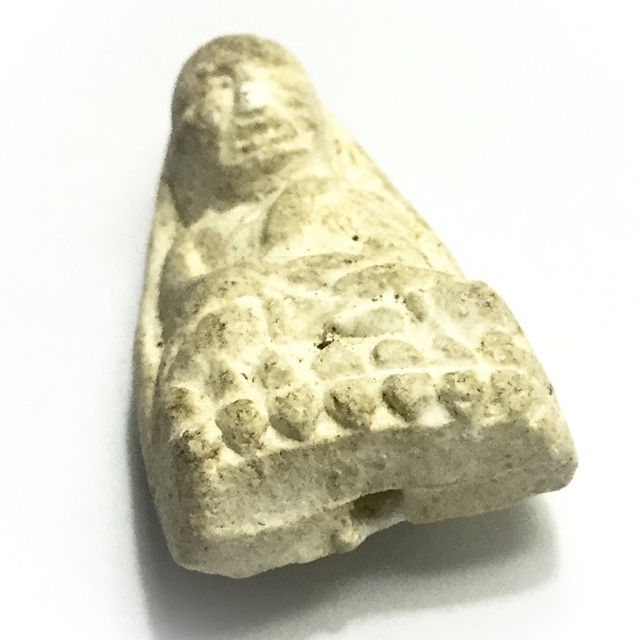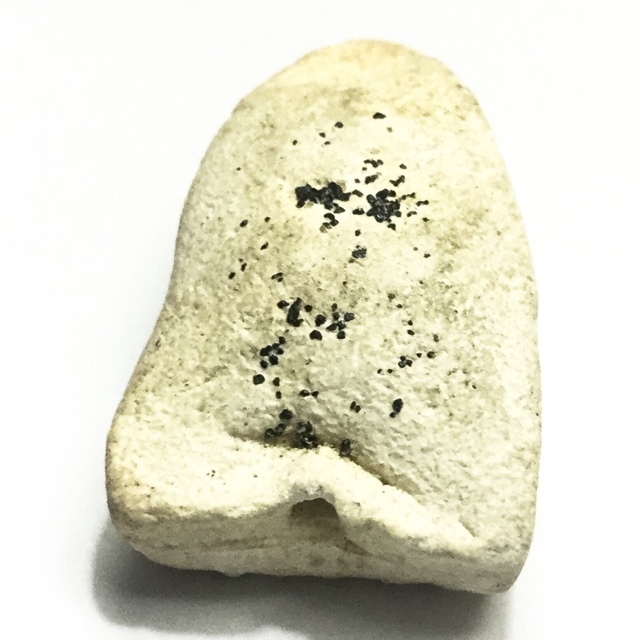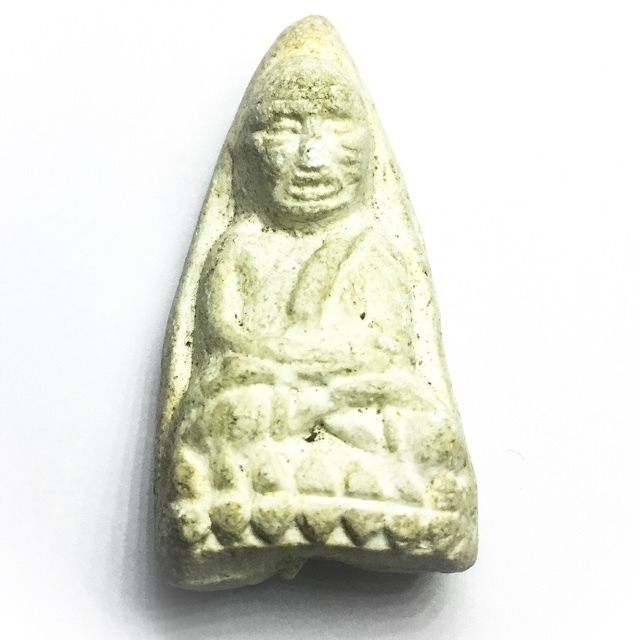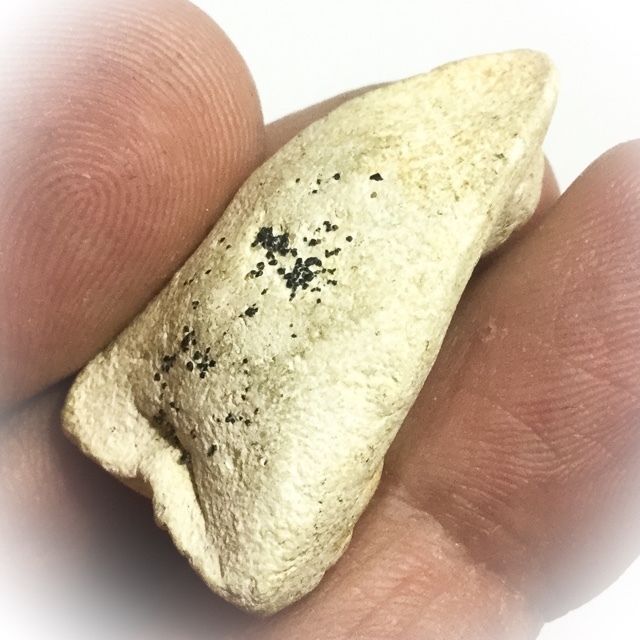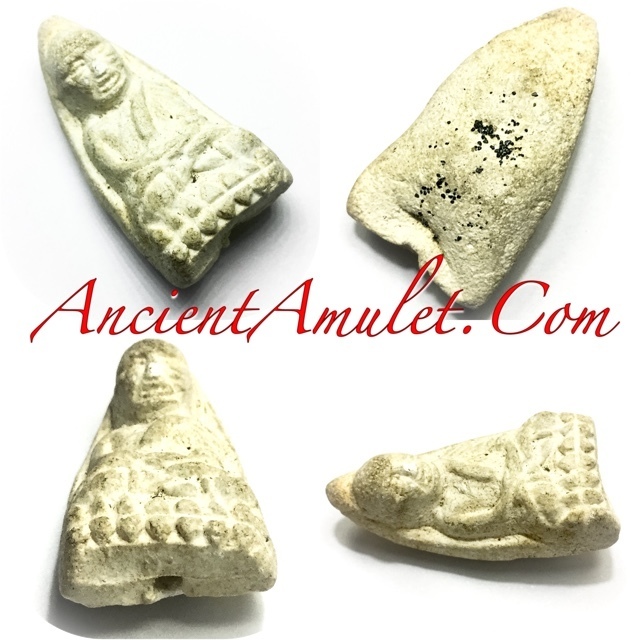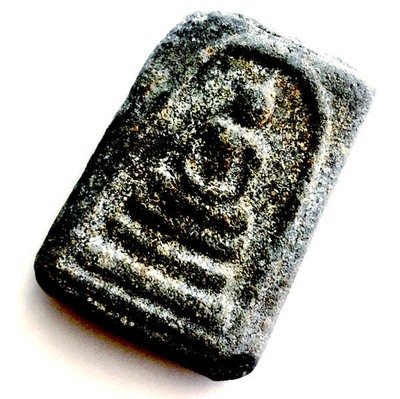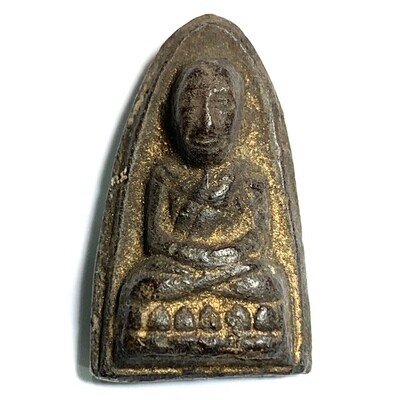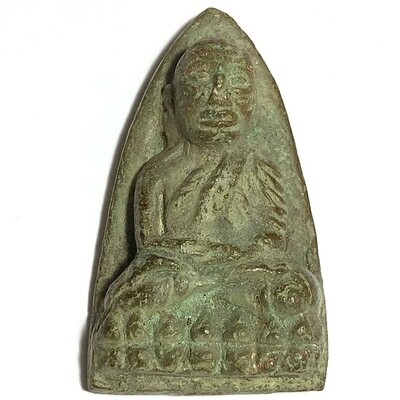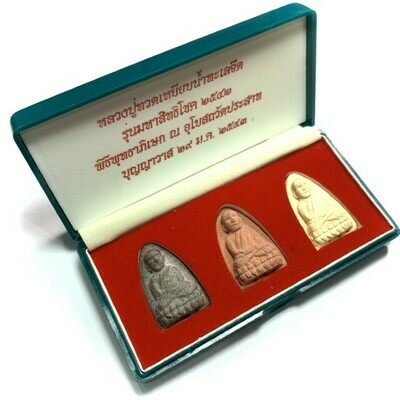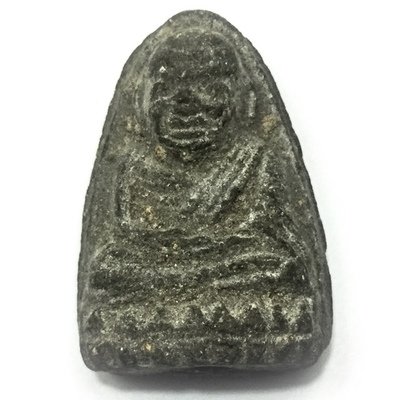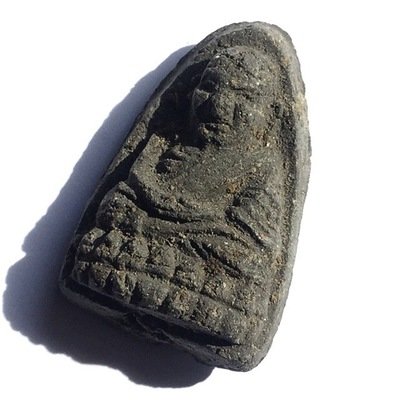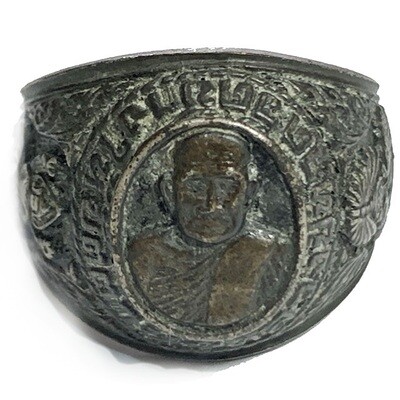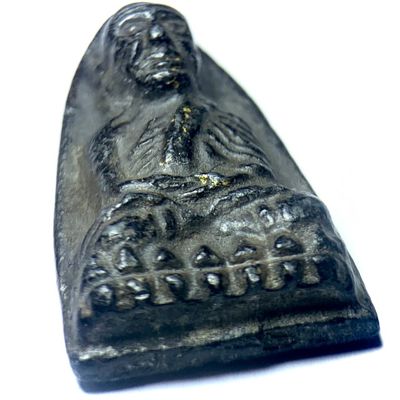
Ancient Amulet Store – Purveyors of preferred Classic Thai Buddhist Amulets for the True Devotee and Distinguished Collector
Discover the immensely deep and fascinating world of Vintage Thai Buddhist Amulets. Ancient Amulet is a long term established and internationally recognized Vintage Amulet Shop, and A Trusted Source for Classic Thai Buddhist Amulets for Devotees and Discerning Collectors, and is one of the many sub projects of informational sources created by Thai Amulet, Buddhism and Thai Occult Expert, Ajarn Spencer Littlewood . as part of his ‘Buddha Magic Project‘
Ancient Amulet provides authentic Antique and Rare Thai Amulets of the Pre and Early Post-Modern Era, of high esteem and Sacred Value, to revere, study and collect. Our Ancient Thai Buddhist Amulets are selected from the finest exhibits we can discover, and given diligent study and authentication processes. Our collection showcases time-honored amulets crafted by ancient masters, boasting captivating qualities and representing the esteemed Pra Niyom class. We offer authentic, highly valued ancient Thai Buddhist amulets from the pre and early post-modern eras, carefully selected from the finest exhibits and thoroughly examined. We invite you to study, revere, and collect these classic amulets from ancient masters, and to learn about their magical aspects and the art of amulet evaluation
Pra Luang Phu Tuad Tao Reed Pim Klang Niyom Fang Takrut- Wat Prasat Bunyawas 2505 BE - Nuea Khaw Roey Rae - Blessed in 2 Ceremonies by 234 Guru Masters
Pra Luang Por Tuad Amulet (Niyom Preferred Model), with Takrut spell inserted into the base, from the Great Blessing Ceremony at Wat Prasat Bunyawas of the year 2506 BE - Nuea Pong Khaw Pised (Pong Puttakun with Pong Ittijae with Mineral Elements sprinkled in) - Hlang Roey Met Rae (Mineral Relic Fragments sprinkled in rear face).
This Pim (Model) is in excellent pristine condition, with fully detailed features, and contains Sacred Muan Sarn and Broken Amulets from first edition 2497 and 2505 BE Luang Phu Tuad Wat Chang Hai Amulets, and a host of other Sacred Powders including Wat Bang Khun Prohm Pra Somdej Amulets.
The Medium size Pim Klang Tao Reed Nuea Pong Khaw amulet is different from the Gray/Black and the Herbal Versions of the same model, because these Pong Khaw white powders versions were pressed from the original Tao Reed Pim A block press used by Luang Phu Tim of Wat Chang Hai, to press the Original LP Tuad Pim Tao reed 2497 and 2505 BE editions.
In addition, there were a small number of amulets pressed which have a pinkish tone to them, and which have mineral fragments sprinkled in the rear face, are called 'Nuea Lang Meng' and 'Niyom' (Preferred).
The amulets began their pressings in 2506 BE and were depleted in the year 2508 after the last amulets were pressed. Depending on which block press, and which powder mixture, and the beauty of each individual amulet each amulet can vary in price according to the standards of appreciation.
The amulets which are called 'Nuea Lang Meng' (Clay from the Fruit Box of merchant Meng), are the most preferred of all the various color tones which were produced from each basic color (due to the large number of devotees assisting in the pressing and mixing of powder clay, who made differing mixtures, some of which were more powerful or adherent to the Sacred Dtamra, and some which were less Adherent).
Merchant Meng was a fruit seller on the local Market near the temple, and was a close friend and devotee of Pra Kroo Samuh (Abbot of Wat Prasat), and was the devotee who donated the 'Lang' fruit containers, which were used to mix and store the clay amulets for the Wat Chang Pim A Block Press of Luang Por Tim, to be pressed in.

This particular mixture of Sacred clay turned out to be the most exact in replicating the Sacred Powder Formulas of the Ancient Wicha of the Great Masters, with the right mixture of Kluay Nam Wa Bananas, Tang Iw Oil, Poon Khaw, and Rae Saksit (mineral elements) sprinkled into the rear faces of the amulets.
The other color models were not made using this first top preferred Sacred block press, which makes the other two colors slightly less expensive than this model. Hence, the gray and herbal models are more accessible to those with less money, but in truth, all three colors are Sacred and Possess highly powerful Muan Sarn Powders, with Hundreds of Monks Blessing them just the same. It is hence more of a prestige question which color of this edition a person chooses, more than a question of Sacred Power.
Blessed by 234 Great Guru Master Monks in Two Massive Blessing Ceremonies. This large size Luang Phu Tuad were the first models to be made in the first release in 2505 BE, with the Black ones containing High Concentrate of Kakyayaks earths and Bailan Powders, and the Light colored ones containing a Higher concentrate of Ittijae Powders.
The Pra Luang Phu Tuad model is probably the most sought after model of the edition (along with perhaps Luang Phu Suk image).
The 2555 BE (1961) Wat Prasat Bunyawas Edition Amulets, is a universally accepted and officially recognized edition of classic Buddhist Amulets, of extremely high esteem.
Above a Takrut spell in inserted into the hole in the base of the Amulet
One reason it is so highly respected as the sacred edition of Amulets, is the fact that the creation of the sacred Muan Sarn Powders for this edition were given extreme attention to detail, and were gathered together over a long period of time, and donated from many great masters.

The blessing ceremony for these Amulets is also a historically famous blessing ceremony, for its immensity, and the presence of great powerful guru monks.
The temple of Wat Prasat Bunyawas was built in 2376 BE, and was first given an official boundary and a name in 2379 BE, being first named 'Wat Klong Sam Sen', because it was located over the Sam Sen tributary canal. Its name was later changed to 'Wat Khwid', because of the 2 Sacred Giant Khwid Trees, which stood beside the Uposadha Shrine Room.
Later, in the year 2498 Buddhist Era, the temple was burned in a terrible fire. Many of the temple buildings were destroyed, including the Uposada shrine room.
Pra Kroo Samuh Ampol Palawatano, the Abbot at the time, decided to build a new shrine room instead of repairing the ruins of the old one. This was because of a seemingly miraculous event; Luang Phu Tim, the Great Guru Master Monk and Abbot of Luang Phu Tuad's Legendary Wat Chang Hai temple, had had a vision of the great bodhisattva Luang Phu Tuad, who appeared to him in a dream and told him to go to Bangkok and help to repair a temple which had been burned to the ground.
Luang Phu then traveled up from the south to Bangkok, and started asking around at Way Iam Woranuch, to find out if that had been a fire in any temples lately. When he heard about the great fire burning the temple down, he went to speak with the Abbot Pra Kroo Samuh Ampol.
After having spoken, Luang Phu Tim presented the Abbot with some original 2505 BE Luang Phu Tuad amulets (now one of the two most famous classic top editions of millionaire Amulets of Luang Phu Tuad). He said they should be used to press a block mold for the making of a new series of Amulets to fund the rebuilding of the shrine room and the rest of the temple.
He also donated an amount of the Famously Powerful and Rare 'Din Kakyayaks' Magickal Peat Earth to use as Muan Sarn for the amulets, and some other Muan Sarn remaining from the 2497 BE first ever edition of Luang Phu Tuad amulets.

Above; Luang Phu To (Wat Pradoo Chimplee), and Luang Por Noi (Wat Dhamma Sala) are visible in this photo of some of the monks present in the Buddha Abhiseka Ceremony to Bless and Empower the Wat Bunyawas Edition Amulets. Below is the Abbot of Wat bang Khun Prohm, in Meditative Empowerment Session at wat Prasat Bunyawas 2506 BE Ceremony

These ingredients were the added to a large array of other Historically Famous Sacred Muan Sarn, including broken sacred amulets from many great Masters, and many very famous miraculous editions of classic Amulets.

Some of the more well known amulets used to break up and mix in with the sacred powders included; Pra Somdej Wat Bang Khun Prohm 2500 BE, and Pra Somdej Wat Bang Khun Prohm 2509 BE (The two most famous classic and expensive editions of Wat Bang Khun Prohm amulets).
As far as the Luang Phu Tuad models of this edition, they were made to place 84,000 of them within the Chedi Stupa, at Wat Bunyawas (this is known as 'Kru' hiding place chamber, used to place amulets for safekeeping and folate to distribution to extend the period of the preservation of the existence of the Buddhist religion).
A Large number of extra Amulets were also made in addition to the 84,000 placed within the Chedi, to hand out to Devotees at the temple, during the blessing ceremony.
 |
 |
 |
Some of the most prominent Guru Masters who attended this Ceremony were; Pra Ajarn Tim (Wat Chang Hai), Por Tan Klai (Wat Suan Khan), Luang Por Dit (Wat Pak Sra), Lup Noi (Wat Tamma Sala), Luang Phu To (Wat Pradoo Chimplee), Luang Por Daeng (Wat Khao Bandai It), Luang Por Mui (Wat Don Rai), Luang Por Ngern (Wat Don Yai Horm), Luang Por Guay (Wat Kositaram), Luang Por Prohm (Wat Chong Kae), Luang Por Yob (Wat Chon daen), Luang Por Tim (Wat Laharn Rai), Luang Phu Khiaw (Wat Hrong Bon), Luang Por Jong (Wat na Tang Nork), Luang Phu Doo (Wat Sakae), Luang Phu Si (Wat Sakae), Luang Por Pae (Wat Pikul Tong), Luang Phu Nak (Wat Rakang Kositaram), Luang Phu Hin (Wat Rakang Kositaram), Luang Por Boey (Wat Manau), Pra Ajarn Nam (Wat Don Sala), Luang Por Seng (Wat Ganlaya) (Luang Por Thira (Wat Pha Lelai)
Luang Por Te (Wat Sam Ngam), Luang Por Hnay (Wat Bang Jaeng), Luang Por Bun Mee (Wat Khao Samor Don), Luang Por Rian (Wat Bang Rahoeng), Luang Por Perm (Wat Klang Bang Gaew), Luang Por Kreun (Wat Sangko), Luang Por Chaem (Wat Nuan Noradis), Luang Por Nor (Wat Klang Ta Ruea), Luang Por Phol (Wat Tian Dtad), Luang Por Doe (Wat Na Madtum), Luang Por Chern (Wat Yan Sain, Luang Por Sud (Wat Ka Long), Luang Por Nueang (Wat Jula Mani), Luang Por Gee (Wat Hoo Chang), Luang Por Gaew (Wat Chong Lom), Luang Por Toon (Wat Po Nimit) Luang Por Gan (Wat Khao Gaew), Luang Por Tong Yoo (Wat Mai Nong Paong), Jao Khun Prahyad (Wat Sutat), Luang Por Dee (Wat Nuea), Luang Por Khaeg (Wat Hua Khao) Luang Phu Yim (Wat Jao Jet Nai), Luang Por Tong Suk (Wat Sapan Sung), Luang Por Ming (Wat Gok), Luang Por Hiang (Wat Pha), Luang Por Juan (Wat Nong Sum), Luang Por An (Wat Prayant), Luang Por Tiam (Wat Kasatratirach), Luang Por Sorn (Wat Serng Sarng), Luang Por Taen (Wat Tam Saen), Luang Por Tian (Wat Bote), Luang Por Nil (Wat Kara Buri), and Luang Phu Buddha (Wat Klang Choo Sri).
The Luang Phu Tuad series was completed first and released in the year 2505 Buddhist era. As to the many other different models (such as this Pra Somdej) which were made, and the remainder of Luang Phu Tuad Amulets which were not handed out during the Ceremony, received a second blessing and were released in the year 2506 Buddhist era.
The Edition received 3 days and 3 nights of Chanting, from the 6th to 9th of March 2506. The second Ceremony was performed for 4 days and 4 nights, from the 13th to 15th of November 2506.
These were handed out to the congregation who came to paste to gold leaf on the Buddha image which was being installed and blessed with the Buddha Abhiseka (opening of the eyes of the Buddha ceremony). The very same ceremony also installed and consecrated a Buddha footprint image which was also installed in the temple on the same day and covered with gold leaf by the congregation.
A total of 234 great guru monks were present to perform the Chanting of the blessings, and the empowerment of the Amulets. There was so many monks Present, that they could not fit inside the shrine room, and had to fill the surrounding area around the terraces of the Uposadha.
Kata Bucha Luang Phu Tuad
Namo Potisadto Aakandtimaaya Idti Pakawaa
Namo Potisadto Aakandtimaaya Idti Pakawaa
Namo Potisadto Aakandtimaaya Idti Pakawaa
Four full days and nights of chanting were performed over these amulets by the 234 monks. The ceremony was so massive that it was considered to be the largest and most important sacred blessing ceremony of Amulets, since the great 25 centuries of Buddhism ritual, in the year 2500 Buddhist era.
